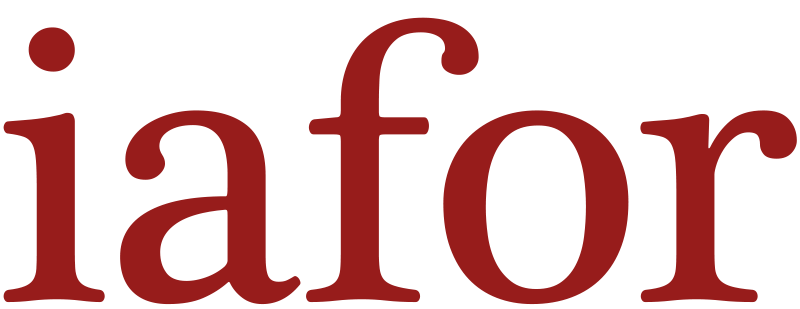Author: Christine Leahy, Nottingham Trent University, United Kingdom
Email: [email protected]
Published: January 2016
https://doi.org/10.22492/ijll.2.1.02
Citation: Leahy, C. (2016). Studying Language Learning Opportunities Afforded by a Collaborative CALL Task. IAFOR Journal of Language Learning, 2(1). https://doi.org/10.22492/ijll.2.1.02
Abstract
This research study explores the learning potential of a computer-assisted language learning (CALL) activity. Research suggests that the dual emphasis on content development and language accuracy, as well as the complexity of L2 production in natural settings, can potentially create cognitive overload. This study poses the question whether, and how, a collaborative and open CALL task designed to simulate an authentic context of language use can support advanced learners in the process of language learning. The originality of this study lies in the fact that it is a qualitative study in which data was collected and analysed using screen-capturing software. The learner language output generated by the task was studied for evidence of episodes in which the focus was on language form (defined by Swain as language-related episodes), as such episodes are considered by output theory to be windows into language learning processes. The results showed that students engaged in interaction about language form, and that by seeking help from their peers and from online dictionaries they were able to increase the accuracy of their language. There is evidence of self-correction, hypothesis testing and metalinguistic talk in the data. Collaborative proofreading was particularly successful in improving L2 accuracy.
Keywords
SLA in open CALL task, output theory, advanced language learners, methodology in CALL research
